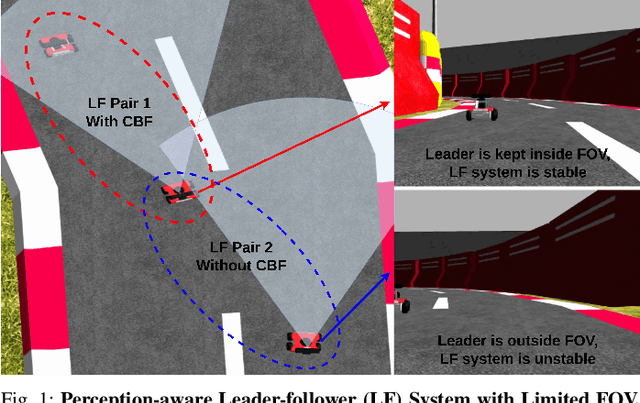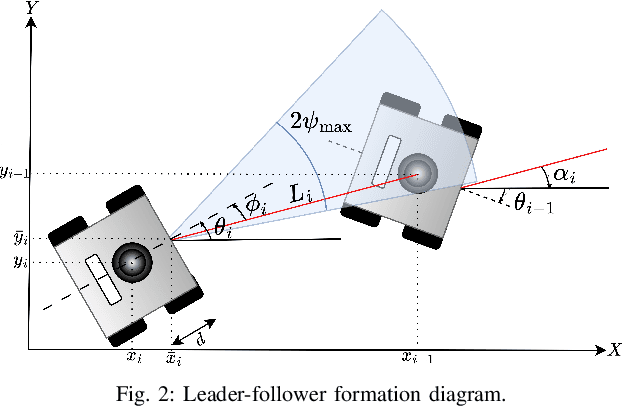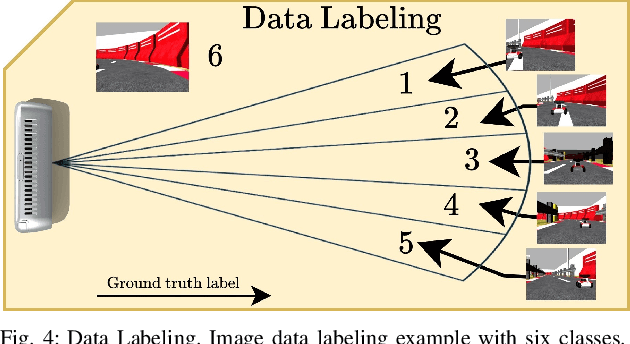Tony Tran
FACETS: Efficient Once-for-all Object Detection via Constrained Iterative Search
Mar 27, 2025Abstract:Neural Architecture Search (NAS) for deep learning object detection frameworks typically involves multiple modules, each performing distinct tasks. These modules contribute to a vast search space, resulting in searches that can take several GPU hours or even days, depending on the complexity of the search space. This makes joint optimization both challenging and computationally expensive. Furthermore, satisfying target device constraints across modules adds additional complexity to the optimization process. To address these challenges, we propose \textbf{FACETS}, e\textbf{\underline{F}}ficient Once-for-\textbf{\underline{A}}ll Object Detection via \textbf{\underline{C}}onstrained it\textbf{\underline{E}}ra\textbf{\underline{T}}ive\textbf{\underline{S}}earch, a novel unified iterative NAS method that refines the architecture of all modules in a cyclical manner. FACETS leverages feedback from previous iterations, alternating between fixing one module's architecture and optimizing the others. This approach reduces the overall search space while preserving interdependencies among modules and incorporates constraints based on the target device's computational budget. In a controlled comparison against progressive and single-module search strategies, FACETS achieves architectures with up to $4.75\%$ higher accuracy twice as fast as progressive search strategies in earlier stages, while still being able to achieve a global optimum. Moreover, FACETS demonstrates the ability to iteratively refine the search space, producing better performing architectures over time. The refined search space yields candidates with a mean accuracy up to $27\%$ higher than global search and $5\%$ higher than progressive search methods via random sampling.
Distributed Perception Aware Safe Leader Follower System via Control Barrier Methods
Sep 17, 2024



Abstract:This paper addresses a distributed leader-follower formation control problem for a group of agents, each using a body-fixed camera with a limited field of view (FOV) for state estimation. The main challenge arises from the need to coordinate the agents' movements with their cameras' FOV to maintain visibility of the leader for accurate and reliable state estimation. To address this challenge, we propose a novel perception-aware distributed leader-follower safe control scheme that incorporates FOV limits as state constraints. A Control Barrier Function (CBF) based quadratic program is employed to ensure the forward invariance of a safety set defined by these constraints. Furthermore, new neural network based and double bounding boxes based estimators, combined with temporal filters, are developed to estimate system states directly from real-time image data, providing consistent performance across various environments. Comparison results in the Gazebo simulator demonstrate the effectiveness and robustness of the proposed framework in two distinct environments.
 Add to Chrome
Add to Chrome Add to Firefox
Add to Firefox Add to Edge
Add to Edge